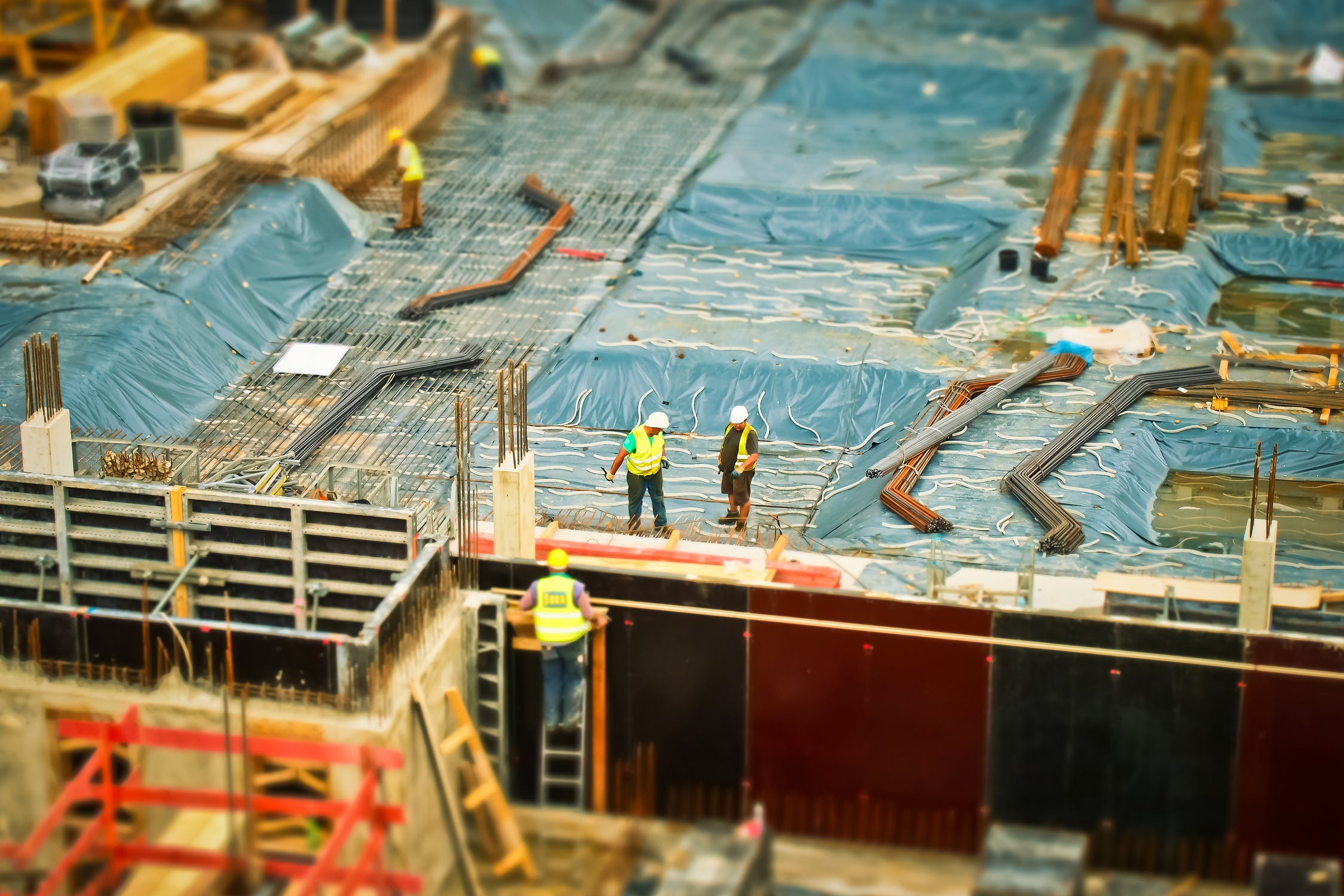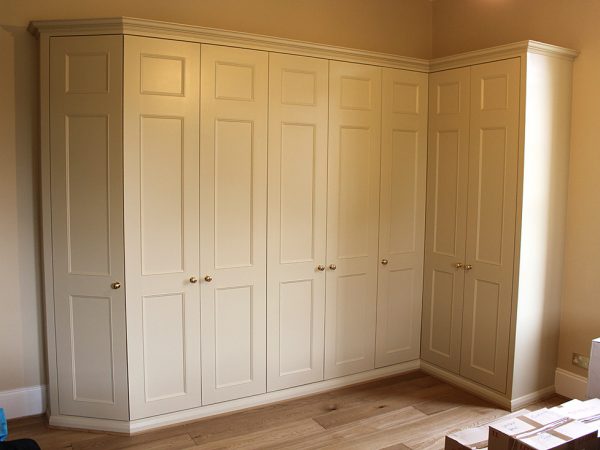Determining a building’s construction type is dependent on quite a number of different factors and requires a keen eye for detail. If you would like to be able to identify a building’s construction type, start with Step 1 below for an overview of how it’s done. You will also find specific information on all six building types.
Overview for Assessing Construction Type
All buildings must be characterized into one of six construction classes. Arrangement of a building class depends on two elements: building components and imperviousness to fire rating. These elements may not be incorporated into the accommodation/documentation, in which case extra data should be asked.
- Building elements
The building materials utilized as a part of the development of the accompanying components are the establishment for arrangement, be they wood, steel, or stone work.
- Structural frame
- Exterior bearing walls
- Interior bearing walls
- Exterior nonbearing walls and partitions
- Interior non-bearing walls and partitions
- Floor construction, including supporting beams and joists
- Roof construction, including supporting beams and joists, are comprised.
- Fire-resistance rating
This is the other factor in deciding development class. The building construction utilized as a part of the development of the building components above will have an imperviousness to fire rating. Imperviousness to fire rating regularly implies the term for which an inactive fire assurance framework can withstand a standard imperviousness to fire test. This can be evaluated basically as a measure of time, or it might involve a large group of other criteria including other confirmation of usefulness or wellness for reason.
● What to ask
To determine the ISO class of the building, we should along these lines know the accompanying creation of the building components:
- Structural frame
- Bearing walls (interior and exterior)
- Floor construction
- Roof construction
- What the fire rating of the materials
All construction types must be classified into the following:
- Frame Construction
- Light Noncombustible
- Masonry Non Combustible
- Modified Fire Resistive
- Fire Resistive
Frame Construction
Frame construction is ISO Class 1. ISO Class 1 incorporates IBC Type VA and IBC Type VB. Despite whether the IBC characterization is A (secured) or B (unprotected) the ISO Class is 1.
Frame buildings will be buildings with exterior walls, floors, and rooftops with flammable development — or buildings with exterior walls of noncombustible or moderate consuming development with ignitable floors and rooftops. Frame buildings by and large have rooftop, floor, and backings of ignitable material, typically wood, and burnable inside dividers.
Advantages:
- easy to erect and alter
- economical
- versatile
- performs well in Earthquake areas – can move
Disadvantages:
- fire can spread rapidly
- highly damageable
- may become unstable in a fire
- may include enclosed spaces where fire can spread undetected
Joisted Masonry
Building elements: Joisted Masonry structures are structures with exterior walls of stone work or fire-resistive development evaluated for at least one hour and with combustible floors and rooftops. There are a few kinds of brick work utilized as a part of the outside bearing dividers of joisted workmanship structures:
- brick
- concrete — either reinforced or non reinforced
- hollow concrete masonry units
- tile
- stone
- note that exterior bearing walls may also be any noncombustible materials with fire-resistance ratings of not less than one hour
Variations: There’s one minor departure from joisted stone work development that doesn’t change the development class — overwhelming timber or mill construction. Heavy timber development utilizes wood individuals significantly bigger than those found in outline (Construction Class 1) or other joisted stone work development. On the off chance that the building utilizes steel segments or shafts for dividers.
Light Noncombustible
Building elements: Light Noncombustible structures are structures with exterior walls of light metal or other noncombustible material and with noncombustible floors and rooftops:
Buildings with outside dividers, floors, and tops of noncombustible or moderate consuming materials. Building backings of noncombustible or moderate consuming materials
noncombustible or moderate consuming rooftop decks on noncombustible or moderate consuming backings — paying little respect to the sort of protection on the rooftop surface.
Masonry Non Combustible
Masonry Non Combustible structures are structures with exterior walls of stone work material and with noncombustible or moderate consuming floors and rooftops. Structures with outside dividers of brick work — at the very least four inches thick, or structures with outside dividers of flame resistive development — with a rating of at least 60 minutes, and noncombustible or moderate consuming floors and rooftops — paying little heed to the kind of protection on the rooftop surface.
Modified Fire Resistive
Modified Fire Resistive Buildings will be structures where the outside bearing walls and load-bearing parts of outside dividers must be of noncombustible materials or of masonry, yet outside nonbearing dividers and divider boards might be moderate consuming, ignitable, or with no imperviousness to fire rating. Structures with outside dividers, floors, and tops of stone work materials portrayed in the meaning of flame resistive.




